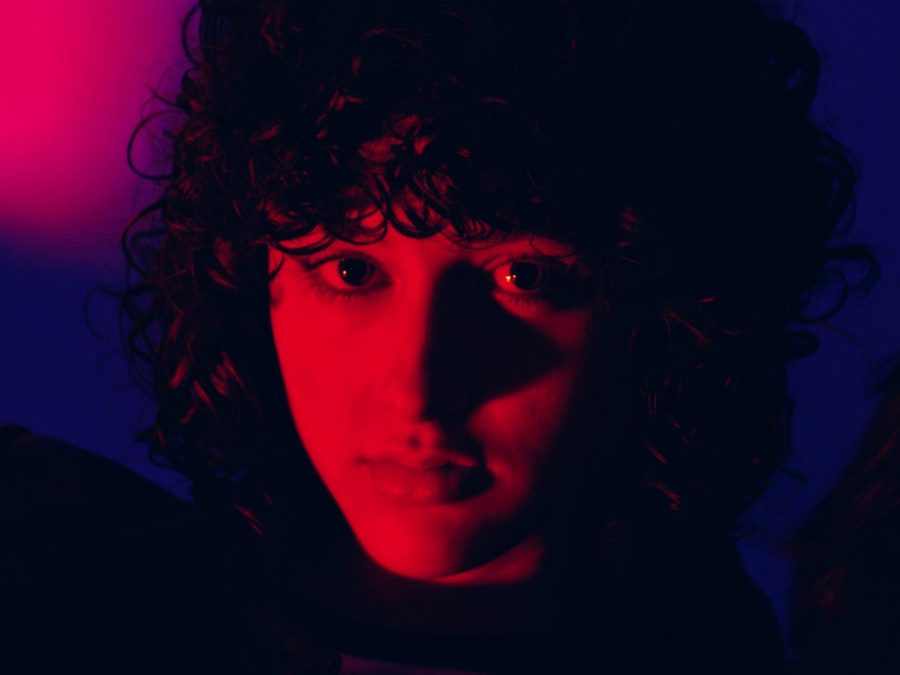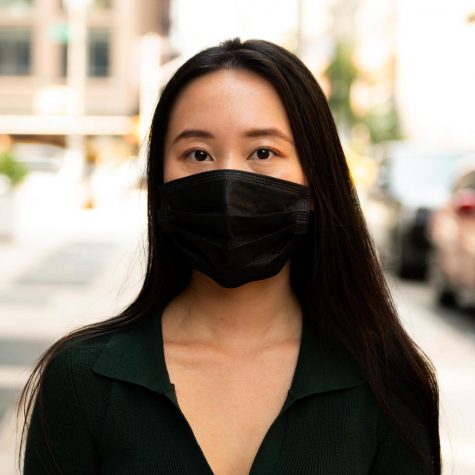The Factory, revived
New Yorkers may be nostalgic for Andy Warhol’s ’70s-era Factory, but the spirit of artistic innovation and youthful collaboration is alive and well.
(Staff Photo by Taylor Knight)
November 24, 2021
When I was 17, I saw Nan Goldin’s “Ballad of Sexual Dependency” at the Museum of Modern Art. Goldin’s photographs flashed across the screen as the pastoral chords of “I’ll Be Your Mirror” played. I was stuck in the images: a man smoking a cigarette on the edge of a bed bathed in orange light, a heart-shaped bruise above a stockinged thigh. The New York that Goldin portrayed was gritty and illuminated by neon. It was my introduction to the counterculture of the 1970s and ’80s.
The Factory — Andy Warhol’s New York studio — was the harbinger of a golden age in the city’s art scene. Young people from around the city congregated there to create transgressive music and art that continues to influence New York’s cultural landscape.
When I think about what lured me to New York, I imagine those dark rooms where people gathered under psychedelic digital installations. This was the era of Patti Smith and Robert Mapplethorpe, of The Velvet Underground and Nico. Political and economic struggles plagued New York, culminating in an increase in crime and general malaise. Despite these factors, artists were able to turn their disillusionment into powerful artistic expression.
During the pandemic, the digital sphere was ripe with criticism about New York’s grim status quo. With op-eds like “NYC IS DEAD FOREVER. HERE’S WHY,” New Yorkers cited the downfall of business, food and culture. It’s no surprise that these elements have been usurped by economic losses incurred during the pandemic, predatory entities such as Uber Eats, and gentrification.
These economic and cultural declines have once again created a disillusioned youth. Our generation seemed suspended in midair. We didn’t have enough time to build a past, and the future seemed grim and without prospect. My friends comforted each other by asserting that New York wasn’t really dead, that in time it would spring forth from this limbo. We missed the warm glow of restaurants and the incessant strobe of bars.
Once the immediate effects of COVID-19 started to subside, the street performers returned. Pinc Louds, a band featuring a bun-clad singer, returned to Tompkins Square Park with her eclectic folksy sounds. In Washington Square Park, my friends met an artist dressed as a blue monster (@absurd.soul) handing out zines. Inspired by the spirit of the Factory, my peers started their own artist collectives where they would meet masked in apartments to document their own micro communities.
It wasn’t the Factory — it was better. Decentralization caused by the internet put an end to the Factory’s model of artistic production. Of course, physical gathering spaces still existed. But the advent of social media ensured that marginalized artists have new autonomy over their images and personas. In Jessica Lehrman’s New York Times photo essay, she quotes Lil Green: “We were born to be kissed in the dark.” The past two years, we’ve been touch-starved and deprived of contact except from a limited cast of rotating characters. As young people, our fates are still undefined. But nothing is lighter than the sensation of walking down the street and knowing that behind each wall, there are other people preserving New York City’s soul.
Contact Ashley Wu at [email protected].

























































































































































